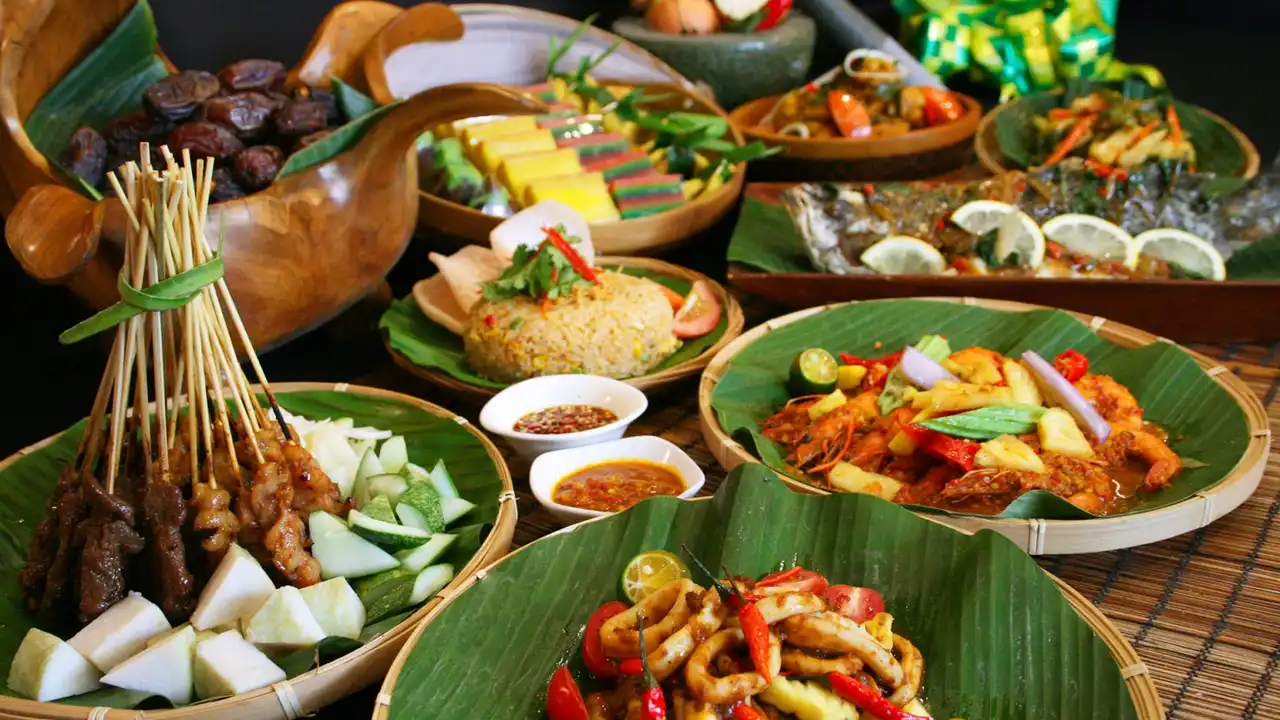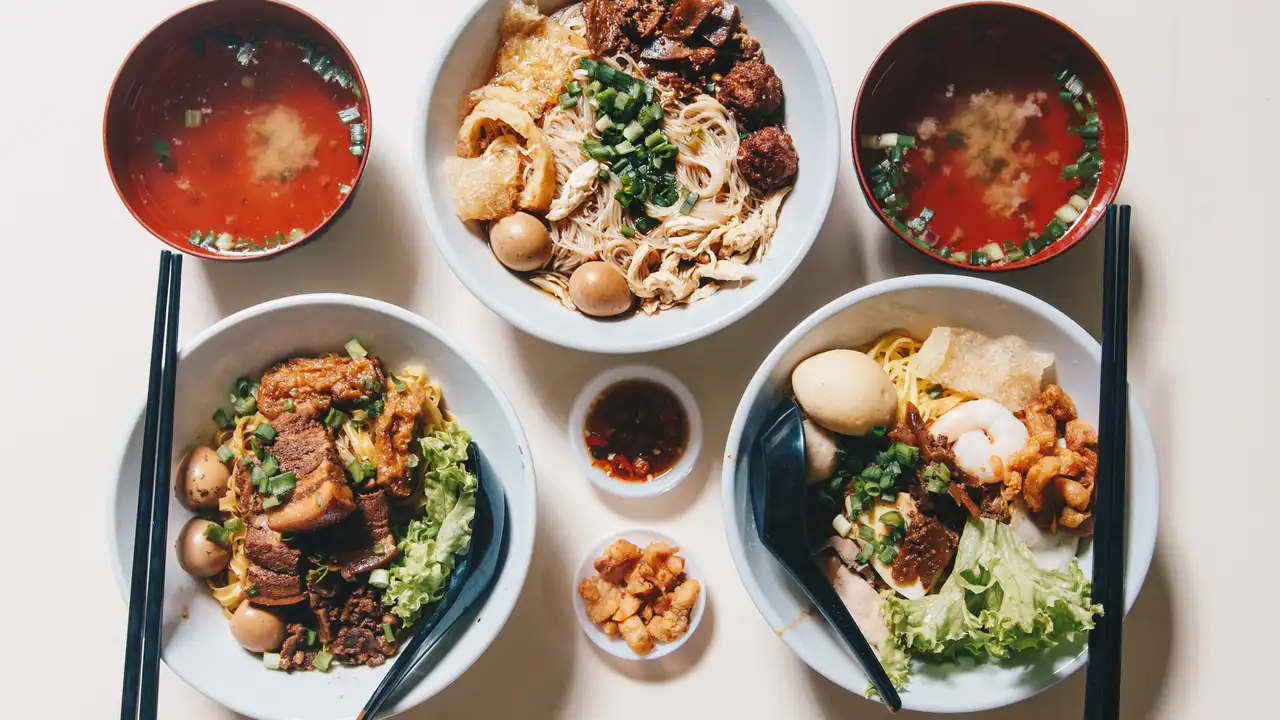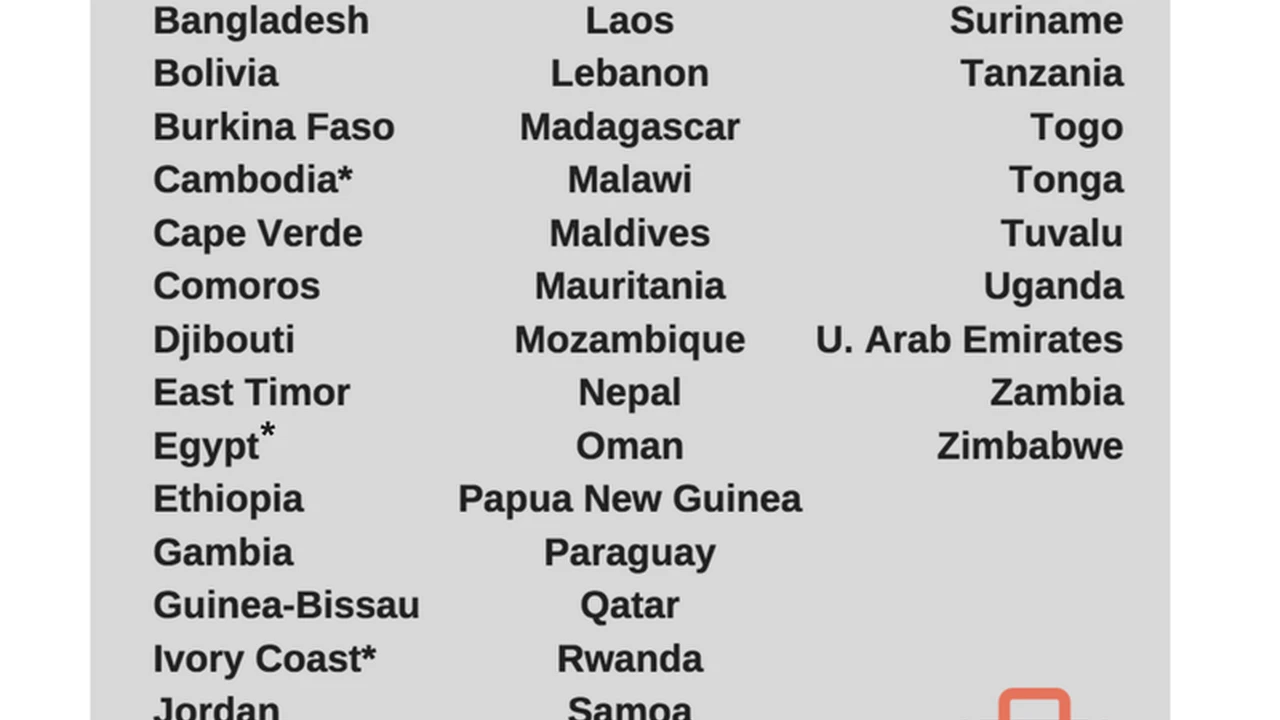Exploring Malaysian Cuisine: A Foodie's Guide

A Deep Dive into Malaysian Food Culture Key Ingredients and Culinary Influences
Alright, food lovers! Buckle up because we're diving headfirst into the vibrant and incredibly diverse world of Malaysian cuisine. This isn’t just about eating; it's about experiencing a culture, a history, and a melting pot of flavors that will tantalize your taste buds and leave you craving more. Malaysia, strategically located in Southeast Asia, has been a crossroads of trade and cultures for centuries, and its food reflects this rich heritage. Think Malay, Chinese, Indian, and indigenous influences all swirling together in a delicious symphony. Forget bland – Malaysian food is bold, aromatic, and bursting with spices.
So, what makes Malaysian food so unique? Well, it's a combination of several key factors. First, the incredible variety of fresh ingredients. From fragrant herbs like lemongrass and galangal to fiery chilies and creamy coconut milk, the Malaysian pantry is a treasure trove of flavors. Then there's the masterful use of spices – turmeric, coriander, cumin, star anise, and cloves, just to name a few. These spices aren't just thrown in haphazardly; they're carefully balanced to create complex and harmonious flavors.
And let's not forget the culinary influences. The Malay influence is evident in dishes like Nasi Lemak (coconut rice with various accompaniments) and Rendang (a rich and spicy meat stew). The Chinese influence shines through in dishes like Char Kway Teow (stir-fried noodles) and Hokkien Mee (prawn noodles). The Indian influence is prominent in dishes like Roti Canai (flaky flatbread) and Curry Mee (curry noodles). And the indigenous influences add a unique twist with dishes featuring local ingredients and traditional cooking methods.
Basically, Malaysian cuisine is a delicious adventure waiting to be explored. Get ready to have your taste buds blown away!
Must-Try Malaysian Dishes A Food Tour for the Adventurous Palate
Okay, now for the fun part – the food! If you’re serious about exploring Malaysian cuisine, these are some dishes you absolutely HAVE to try. Consider this your culinary bucket list:
- Nasi Lemak: This is arguably Malaysia’s national dish. Fragrant rice cooked in coconut milk and pandan leaves, served with crispy fried chicken or fish, peanuts, anchovies, cucumber, and a dollop of spicy sambal. It’s the perfect balance of savory, sweet, and spicy. Imagine a fluffy, fragrant cloud of rice paired with crunchy, salty, and spicy elements. A breakfast staple, but honestly, you can eat it any time of day.
- Rendang: A rich and intensely flavorful meat stew, typically made with beef, simmered in coconut milk and a complex blend of spices for hours until the meat is incredibly tender and the sauce is thick and caramelized. The long cooking process allows the flavors to meld together beautifully. Be warned, it's addictive!
- Char Kway Teow: Stir-fried flat rice noodles with prawns, cockles, Chinese sausage, bean sprouts, and eggs in a smoky, savory sauce. The “wok hei” (breath of the wok) is crucial – that slightly charred flavor that comes from cooking over high heat. Each bite is an explosion of textures and flavors.
- Satay: Grilled skewers of marinated meat (chicken, beef, or lamb) served with a peanut dipping sauce, rice cakes (ketupat), and cucumber and onion. The meat is marinated in a blend of spices and then grilled over charcoal, giving it a smoky flavor. The peanut sauce is creamy, nutty, and slightly sweet.
- Laksa: A spicy noodle soup with a coconut milk-based broth. There are many regional variations, but some popular types include Curry Laksa (with a rich curry broth) and Assam Laksa (with a tangy tamarind broth). Packed with noodles, prawns, tofu puffs, and vegetables, Laksa is a truly satisfying meal.
- Roti Canai: A flaky flatbread of Indian origin, served with dhal (lentil curry) or other curries. The dough is stretched and flipped until it's paper-thin, then cooked on a hot griddle until golden brown and crispy. Perfect for mopping up every last drop of curry.
- Hokkien Mee: Thick yellow noodles stir-fried with prawns, pork, squid, and vegetables in a rich, dark soy sauce-based gravy. A hearty and flavorful dish that's sure to satisfy your cravings.
- Nasi Goreng: Fried rice, a simple but delicious dish that can be customized with various ingredients like chicken, prawns, vegetables, and eggs. A great way to use up leftover rice and a staple in many Malaysian households.
Exploring Malaysian Street Food A Guide to Hawker Delights
No trip to Malaysia is complete without experiencing the vibrant street food scene! Hawker stalls are everywhere, offering a dizzying array of delicious and affordable dishes. Don’t be intimidated – embrace the chaos and get ready for a culinary adventure.
Navigating the Hawker Scene:
- Do your research: Ask locals for recommendations or check online reviews to find the best hawker stalls.
- Look for stalls with long queues: This is usually a good sign that the food is delicious.
- Don't be afraid to try new things: That's the whole point of street food!
- Bring small bills: Most hawker stalls only accept cash.
- Be prepared to eat standing up or sitting on plastic stools: That's part of the experience!
Must-Try Street Food Dishes:
- Apam Balik: A sweet pancake filled with peanuts, sugar, and creamed corn. A popular street food snack.
- Chee Cheong Fun: Steamed rice noodle rolls served with a sweet shrimp paste sauce and chili sauce.
- Rojak: A salad made with fruits, vegetables, and a sweet and spicy peanut sauce.
- Cendol: A sweet dessert made with coconut milk, green jelly noodles, shaved ice, and palm sugar syrup. Perfect for cooling down on a hot day.
- Mee Goreng Mamak: Indian-style fried noodles with a unique blend of spices. A popular late-night snack.
Malaysian Drinks Quench Your Thirst with Local Beverages
It's not just about the food; Malaysia has some amazing drinks too! Here are a few beverages you should definitely try:
- Teh Tarik: "Pulled tea" – a strong black tea mixed with condensed milk and frothed by pouring it back and forth between two cups. It’s an art form and a delicious pick-me-up.
- Kopi: Malaysian coffee, typically roasted with sugar and margarine, giving it a unique flavor. Served hot or cold.
- Milo: A chocolate malt drink that's incredibly popular in Malaysia. Often served iced.
- Air Batu Campur (ABC): A shaved ice dessert topped with various ingredients like jelly, corn, beans, and syrup. A refreshing treat on a hot day.
- Lime Juice: Freshly squeezed lime juice, a simple but refreshing drink.
Essential Malaysian Pantry Staples Stocking Up for Culinary Adventures
Want to try your hand at cooking Malaysian food at home? Here are some essential pantry staples you'll need:
- Coconut Milk: Used in many Malaysian dishes, from curries to desserts.
- Chili Paste (Sambal): A spicy paste made from chilies, garlic, and other ingredients.
- Soy Sauce: Both light and dark soy sauce are used in Malaysian cooking.
- Fish Sauce: Adds a salty and umami flavor to dishes.
- Palm Sugar (Gula Melaka): A natural sweetener made from the sap of palm trees.
- Lemongrass: A fragrant herb used in many Malaysian dishes.
- Galangal: A rhizome similar to ginger, with a more citrusy flavor.
- Turmeric: A spice with a warm, earthy flavor and vibrant yellow color.
- Coriander: Both the seeds and leaves are used in Malaysian cooking.
- Cumin: A spice with a warm, earthy flavor.
Product Recommendations and Comparisons Elevate Your Malaysian Cooking
Okay, let's talk specifics. If you're serious about recreating authentic Malaysian flavors at home, you'll need the right ingredients. Here are a few recommendations and comparisons to help you choose:
Coconut Milk Brands:
Ayam Brand Coconut Milk: Widely available and reliable. Good for general cooking. Priced around $2-3 per can.
Kara Coconut Cream: Richer and creamier than coconut milk. Ideal for desserts and dishes where you want a thicker consistency. Costs around $3-4 per can.
Fresh Coconut Milk (if available): The best option if you can find it! Nothing beats the flavor of freshly squeezed coconut milk. Prices vary depending on location and availability.
Comparison: Ayam Brand is a good all-rounder. Kara is for richness. Fresh is king, but harder to get.
Sambal Brands:
Lingham's Chili Sauce: A versatile chili sauce that can be used in many Malaysian dishes. Not overly spicy, but adds a nice kick. Around $4-5 per bottle.
Homemade Sambal: The best option for controlling the flavor and spiciness. Requires some effort to make, but worth it! Ingredients will cost around $5-10.
Various Local Sambal Brands (check Asian supermarkets): Explore the options! You'll find sambals with different levels of spiciness and flavor profiles. Prices vary widely.
Comparison: Lingham's is convenient. Homemade is customizable. Local brands offer variety.
Woks for Char Kway Teow:
Carbon Steel Wok (round bottom): The traditional choice for achieving that "wok hei" flavor. Requires seasoning and maintenance. Priced from $30-50.
Carbon Steel Wok (flat bottom): Easier to use on electric stoves. Still provides good heat distribution. Priced from $40-60.
Non-Stick Wok: Convenient and easy to clean, but doesn't achieve the same "wok hei" flavor. Priced from $20-40.
Comparison: Carbon steel (round) is authentic but requires skill. Flat bottom is easier. Non-stick is convenient but sacrifices flavor.
Curry Paste Recommendations:
Baba's Meat Curry Powder: A popular and well-regarded brand for making meat curries. Offers a complex and authentic flavor. Priced around $3-5 per packet.
A1 Brand Curry Paste: Another readily available brand, offering a range of curry pastes for different dishes. Generally milder than Baba's. Priced around $2-4 per packet.
Homemade Curry Paste: The ultimate control over flavor. Requires grinding your own spices, but the results are worth it. Ingredient costs vary.
Comparison: Baba's offers strong, authentic flavors. A1 is more accessible and mild. Homemade is the most customizable but requires effort.
Cooking Tips and Tricks Mastering Malaysian Flavors in Your Kitchen
So, you've got your ingredients. Now what? Here are a few tips and tricks to help you master Malaysian flavors in your kitchen:
- Don't be afraid of spices! Malaysian cuisine is all about bold flavors. Experiment with different combinations of spices to find what you like.
- Use fresh ingredients whenever possible. The fresher the ingredients, the better the flavor.
- Taste as you go. Adjust the seasoning to your liking.
- Don't overcook your vegetables. They should be slightly crisp-tender.
- Practice makes perfect! The more you cook Malaysian food, the better you'll get at it.
Where to Find Authentic Malaysian Food Outside of Malaysia
Can't make it to Malaysia right now? Don't worry! You can still find authentic Malaysian food in many cities around the world. Here are a few places to look:
- Asian supermarkets: Often have small food stalls selling Malaysian dishes.
- Malaysian restaurants: Search online for Malaysian restaurants in your area.
- Food festivals: Keep an eye out for food festivals that feature Malaysian cuisine.
- Online communities: Join online communities of Malaysian food lovers to get recommendations.
Remember to ask around and read reviews to find the best spots. Happy eating!
:max_bytes(150000):strip_icc()/277019-baked-pork-chops-with-cream-of-mushroom-soup-DDMFS-beauty-4x3-BG-7505-5762b731cf30447d9cbbbbbf387beafa.jpg)






